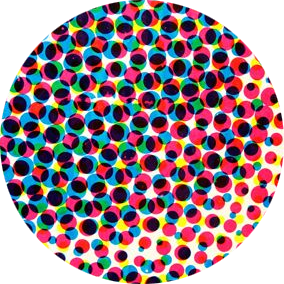Carol Danvers, Monica Rambeau, and Intersectional Feminism

Before Carol Danvers was Captain Marvel, another woman held the title—Monica Rambeau. While Rambeau stopped using the codename many years prior, the second story starring Danvers’ as Captain Marvel attempts to honor Rambeau’s important legacy. 1/12 #TheMarvels #CaptainMarvel


Rambeau was also written as significant. With versatile energy-based powers offering flight, super-speed & massive destructive/protective capabilities, Rambeau was a powerhouse. And she wasn’t a one-off character, joining the Avengers where she served a term as chairwoman. 3/12


But Rambeau quickly grew beyond these stereotypes. Two memorable solo stories from 1989 & 1992, written by Dwayne McDuffie & Dwight Coye, present Rambeau as an equally grounded & revolutionary character, quoting Audre Lorde to inform her superheroic vision of inclusion. 5/12

In Captain Marvel #7-8 (2012), written by Kelly Sue DeConnick & pencilled by Dexter Soy, Carol Danvers responds to a request for aid from Monica Rambeau and is subsequently confronted about the fact she took on the Captain Marvel mantle without consulting Rambeau. 6/12

As mentioned above, Rambeau hadn’t been using the mantle. However, incorporating Rambeau into Danvers’ story acknowledges her place within the feminist history of Marvel comics Danvers’ stories were/are continuing to write. It also shows awareness of intersectional feminism. 7/12

Introduced by Kimberlé Crenshaw, intersectionality responds to the exclusions of second-wave feminism, which prioritized concerns of white, middle-class, cisgender women. Intersectional feminism emphasizes multifaceted connections between race, gender, & other categories. 8/12

Tellingly, Danvers and Rambeau are not initially friendly, with Rambeau noting the different trajectories of their lives. While Danvers is now a world-famous superhero, Rambeau has returned to her old job to pay rent. She also has PTSD from an old Avengers battle. 9/12

But Danvers and Rambeau also bond through their common experiences as superheroes. It is Danvers’ empathy for Rambeau’s PTSD that informs her willingness to help. Later, Rambeau is willing to risk triggering her trauma in order to rescue Danvers (and help save the day). 10/12

The bond between the characters is also literalized by a gesture of mutual vulnerability. The story climaxes with Rambeau offering her energy powers to Danvers, who temporarily absorbs them (and part of Rambeau’s consciousness) to help defeat their shared enemy. 11/12

The intersectional potential of Danvers & Rambeau’s bond is limited by the fact the characters part after the conclusion of this 2-issue story. But within an era where Rambeau seldom got a chance to shine, it helped remind readers of her legacy & inform her ongoing rebirth. 12/12
